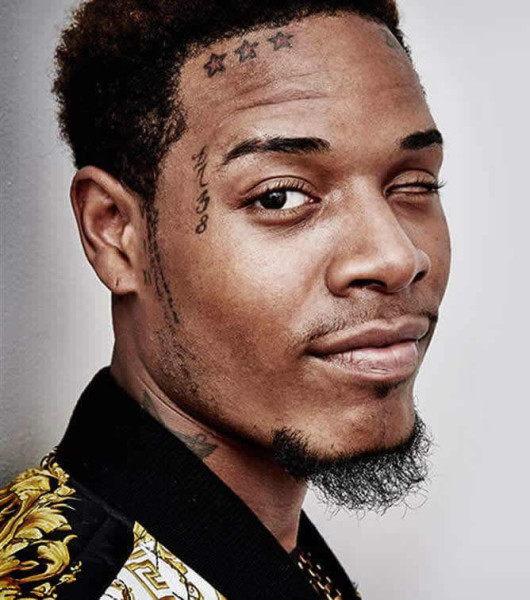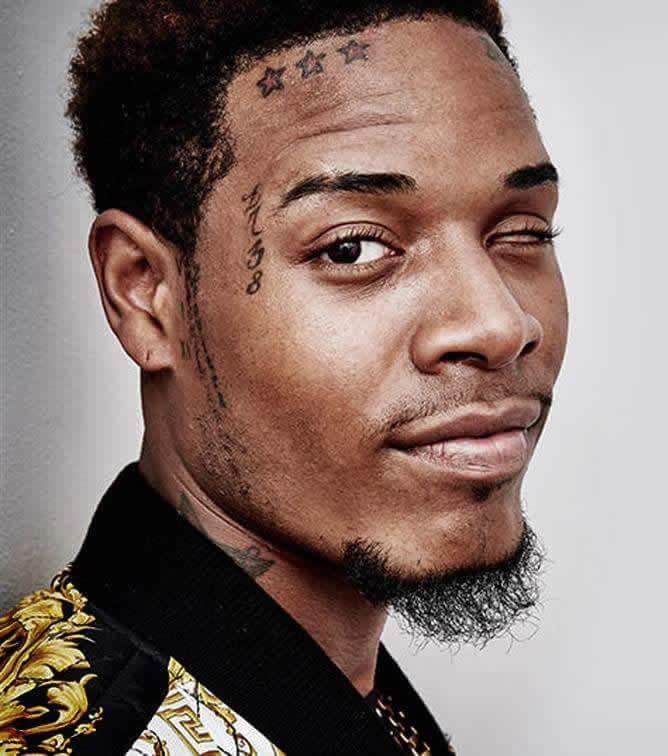
Since the Stanford Concert Network recently announced Fetty Wap as their headliner for the annual Frost Arts and Music Festival — Stanford’s biggest music event of the year that’s brought in acts like the Grateful Dead, Eric Clapton, and more recently, Modest Mouse and Flume — it seems appropriate to revisit his self-titled debut album, which hit the charts last September after a summer of smash singles. If you need a refresher, Fetty Wap is maybe the biggest pop hip-hop revelation of 2015, with top 100 hits like “Trap Queen,” “My Way” and “Again” helping him break impressive records with minimal industry connections.
But if you’re familiar with any of the radio famous singles listed above, you already know why he’s considered a hit-maker. The woozy, auto-tuned warble he flaunts on every lyric, rapped or sung, is exactly in step with the sound of the times — he sings like a more exuberant, optimistic Future or Young Thug.
Lyrically, Fetty rarely leaves his comfort zone, instead opting to occupy a space somewhere between a rhyming dictionary and a trap lexicon, with plenty of localisms and shout outs to his crew back in Paterson, New Jersey. But while his craft seems to fall apart on paper, the undeniable fire in his melodies is able to carry not just his hit singles, but the entire album.
That’s because “Fetty Wap,” running the distance at 20 tracks, is written like a grapeshot aimed straight for the billboards. There are no interludes, few guest features and departures from the “Trap Queen” sound are indeed rare. In fact, each track is more or less another iteration of Fetty’s now iconic formula for do-it-yourself success: irresistible optimism, autotuned crooning and booming, club-ready beats.
In the summer that separated Fetty’s breakout from his solo album release, it seems like he decided to stay exactly in the same lane that made him famous, redoubling his commitment to the formula that got him on the radio. He even cut Drake from the final version of “My Way,” replacing the most marketable man in hip-hop with his longtime friend and fellow Paterson emcee Monty, whose career as we know it begins and ends with this album.
The final product is redundant, sure, but so is pop music. So is club music. Even rappers pushing trap to the forefront of American hip-hop popularity are relying on the same drums, the same bass hits, the same lyrical ideas as one another. In the end, there’s nothing unusual about wanting twenty different versions of the same thing, and Fetty Wap is here to tell us that it’s okay to indulge in the excess. That’s why no matter how many times I hear “Seventeen thirty-eight!” or “Yea-ah, baby!” on this album, I’ll never be upset, because with Fetty Wap, I’m not really asking for anything more.
It’s fair to say that Fetty lacks artistic vision — you could listen to his album on shuffle and even play a few songs twice without noticing a holistic difference — but no one can deny a hit, and if it ain’t broke, don’t fix it. Right now, his music isn’t really about making thought-provoking art, it’s about shining the brightest of lights on places like Paterson, people like Monty and sounds like his, which might just come to define the future of hip-hop-infused pop. Luckily for us, he’ll be bringing the party to Frost.
Contact Benjamin Sorensen at bcsoren ‘at’ stanford.edu.
You can buy tickets to see Fetty Wap at the Frost Music Festival on Saturday, May 14 at frostmusicfestival.com.
